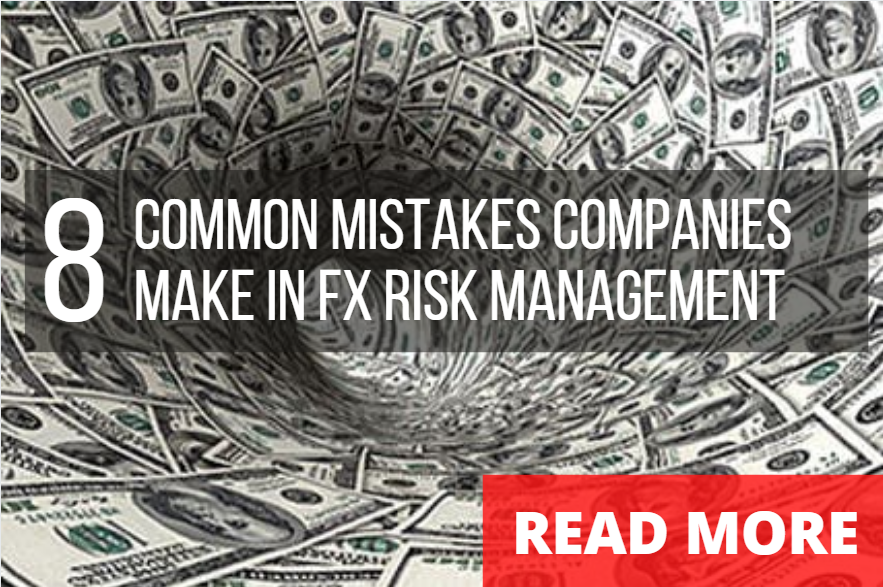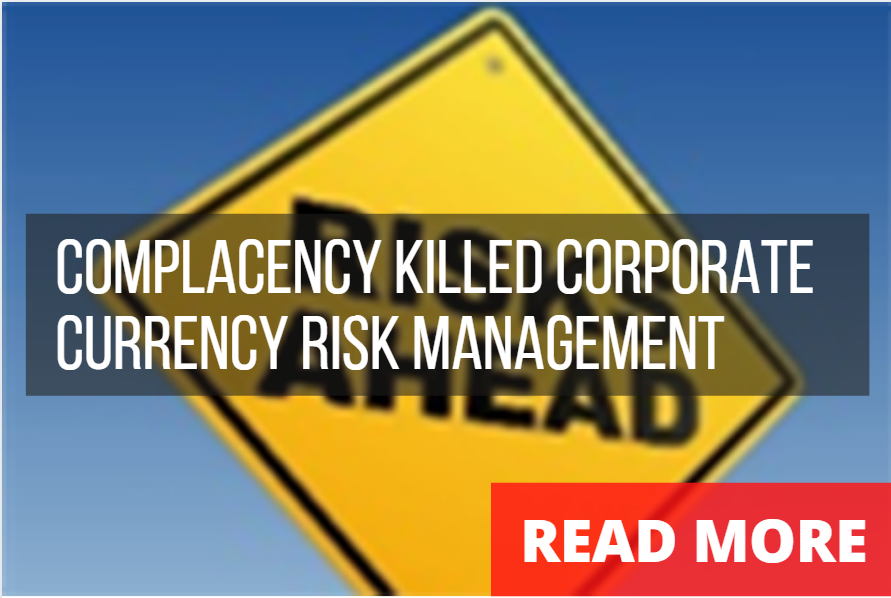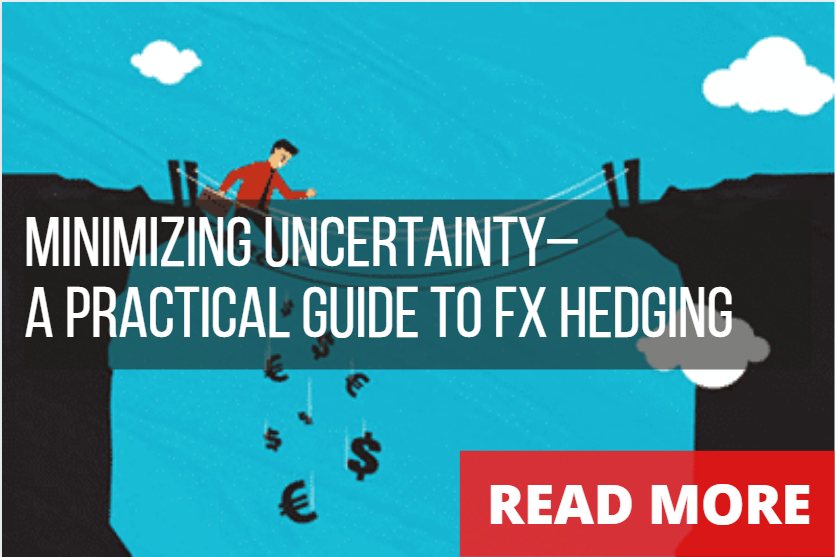
Combatting the 'Fear of the Unknown'
By Klarity FX Desk
Dec 05, 2021

The world has changed drastically in 2020. Market focus has shifted from the US boom to no China trade deal to the pandemic, triggering a sharp decline in economic output. The current macroeconomic environment differs from previous crises, and so do the forced implications
Risk factors have manifested themselves as both supply- and demand-driven shocks to the global economy. Executives and treasury team are therefore grappling with the ‘Fear of the Unknown’.
A strong risk management framework can help companies stay on course, in even the most challenging conditions. In the economic environment created by the pandemic, such a policy is proving as essential as face masks and hand sanitizer.
Today, more than ever, treasury teams serve a critical role in preserving liquidity and ensuring operational continuity. From exposure identification to hedging strategy and execution, recent volatility highlighted gaps in the financial risk management programs for many organizations.
Re-assessment of Exposures
After the initial shocks, treasury teams must analyze their existing exposures, and how their hedges have performed. The past six months can help inform treasury teams as they set to move from ‘crisis mode’ to ‘recovery mode’. If you hedge only a subset of exposures on balance sheet hedges, you may wish to reduce the risk of incomplete data sets and take a deeper dive into your systems, to better aggregate data.
Conversely, if you hedge most or all of your exposures, you may want to determine whether you can achieve similar outcomes and reduce settlement exposure and forward hedging costs. Optimizing your hedging program, to focus on the exposures that most contribute to your risk can optimize your program's performance.
Risk Management for Business Continuity
Several layers comprise an effective risk management framework. The finance portion examines key areas of risk, such as rates, commodities, and fx, providing detailed guidance in those areas. The risk management plan then rolls into an overall business continuity plan for the entire company.
Market shocks and periods of uncertainty have led some treasurers to significantly change their hedging horizons. This approach often sacrifices economic value that could be made with a strategy that accounts for further market movements. On one hand, covering far out, sometimes beyond the forecast horizon, means locking in your exposure at a rate that you believe to be favorable, therefore covering your bases. On the other, it disables you from favorable swings that could have led to increased economic value.
Layering in hedges throughout the year can help build up coverage from exposed assets, liabilities and cash flows that have been disrupted due to the pandemic. As coverage increases for the existing forecasts, new forecasts are formed, and hedges are extended forward into the future period. This ensures greater smoothing to market swings.
Never too Late to Develop Your Plan
Failing to manage risk can hurt your business, even if you sometimes come out the winner in the exchange rate gamble. Never knowing what
loss or gain you’ll take from fluctuating exchange rates means your company is constantly operating in a sea of uncertainty.
If your company has a formal risk management framework in place, now is the time to review and activate it. If your business is struggling to navigate the current climate without one, it’s not too late. Convene your top finance, risk management, and senior leadership and outline your approach.
Ask yourself
• Is your working capital prepared for delayed or suspended receipts?
• Can short-term investments be rolled correctly and successfully?
• Do you have appropriate limit policies to take large market moves into account?
• Is your company’s trading documentation in order to facilitate quick execution of transactions?
For smaller companies, especially, you can’t be sure what your profit will be for each transaction or how much cash flow you’ll have to fulfil the next contract. The cost of that uncertainty is huge. It means your company could be less competitive and may grow at a slower pace due to inadequate cash flow to fulfil contracts and pursue new opportunities—not to mention the shareholder stress that taking such a risk can bring. A robust plan can help avoid decision paralysis.
Conclusion
As the unprecedented global uncertainty created by COVID-19 continues to cause FX shocks and make revenue streams uncertain, risk management policies need to be continually reviewed, tested and adapted. Accurate modelling and stress testing inform decisions involving tolerable risk levels, in order for leadership to implement hedging policies aligned with the highest-potential for weathering the storm.
A good fx program should always be reviewed, tested and adapted. A pandemic might be a blessing in disguise, forcing you to look at how existing exposures have impacted your business.



